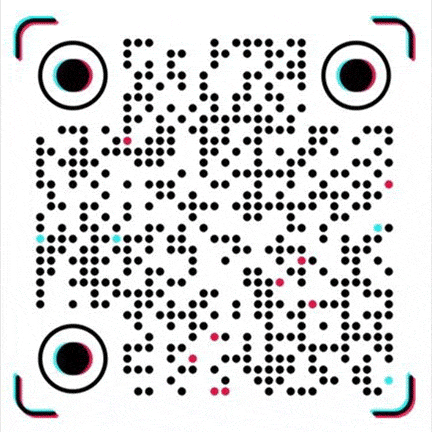Polypropylene (PP) product introduction and chemical industry applications
Polypropylene (PP) is a thermoplastic polymer with excellent chemical resistance, heat resistance and mechanical strength, and is widely used in the fields of chemical industry, packaging, automobile, textile, etc. As one of the five major general-purpose plastics, PP occupies an important position in the global chemical products trade market due to its advantages such as light weight, easy processing and low cost.
Chemical industry applications
PP is widely used in the chemical industry:
Chemical equipment: used to manufacture corrosion-resistant storage tanks, pipes, valves, etc. due to its stability to acids, alkalis and organic solvents.
Packaging materials: PP films, woven bags and containers are widely used in chemical packaging to ensure safe transportation and storage.
Fibers and non-woven fabrics: PP fibers are used to produce industrial filter cloths, protective clothing, etc. to meet the needs of special chemical environments.
Automotive parts: PP modified materials are used to manufacture bumpers, interior trims, etc. to reduce vehicle weight and improve weather resistance.
Core advantages
Lightweight and high strength: PP density is only 0.9g/cm³, which is light but has excellent impact resistance and wear resistance, suitable for manufacturing load-bearing containers, automotive parts, etc.
Chemical corrosion resistance: It has strong resistance to acids, alkalis, and organic solvents, and is widely used in chemical storage tanks, laboratory equipment and medical consumables.
High temperature resistance: The melting point is above 160°C, and it can withstand high-temperature disinfection (such as microwave tableware), and can also be used for hot water pipes or food heating packaging.
Food grade safety: It complies with international certifications such as FDA and EU, is non-toxic and odorless, and is suitable for food packaging, baby products and medical devices.
Environmentally friendly and recyclable: 100% recyclable, some models support biodegradation, and help green and sustainable development.
Application scenarios
Packaging: transparent PP film, food-grade lunch boxes, bottle caps, etc., with both sealing and aesthetics.
Industrial parts: car bumpers, battery casings, industrial pipes, replacing metals to reduce costs.
Daily necessities: storage boxes, tableware, household items, colorful and durable.
Medical supplies: syringes, mask meltblown cloth, aseptic packaging, safe and reliable.
Origin and Supply
The main production areas of PP in the world include China, the Middle East, North America and Europe. As the largest producer, China exports a large amount of PP raw materials to the international market through chemical suppliers and B2B platform. The Middle East has become an important PP export region with low-cost petrochemical raw materials.
Economic Value and Market Prospects
PP is one of the most traded plastics in the international chemical market, and its demand continues to grow, especially in the packaging and automotive industries. With the optimization of the chemical supply chain, the global trade of PP has become more efficient, and companies can quickly connect suppliers and buyers through the chemical business network.In the chemical products trade, PP has become an indispensable material in the chemical industry due to its stable performance and wide range of uses, and has huge market potential in the future.
Our platform connects hundreds of verified Chinese chemical suppliers with buyers worldwide, promoting transparent transactions, better business opportunities, and high-value partnerships. Whether you are looking for bulk commodities, specialty chemicals, or customized procurement services, TDD-Global is trustworthy to be your fist choice.













